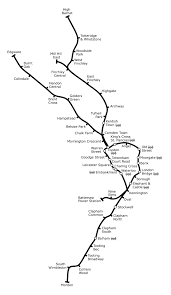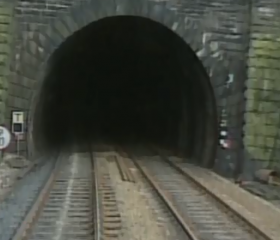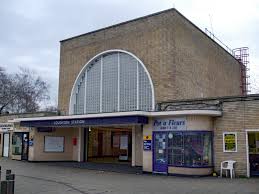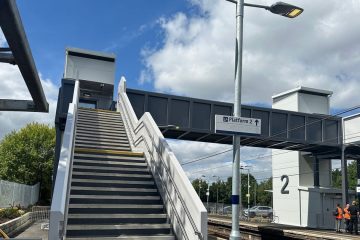The Northern Line: Recent Developments and Significance

Introduction
The Northern Line is one of London’s busiest underground services, playing a crucial role in connecting various districts across the capital. As London’s transport network evolves, the Northern Line remains vital for commuters, tourists, and residents. Recent developments and challenges highlight the ongoing importance of this line in improving access and efficiency in public transport.
Recent Developments
In recent months, Transport for London (TfL) has announced a series of upgrades aimed at enhancing the Northern Line. Notably, the installation of new digital screens at stations has begun, designed to provide real-time information, including train schedules and service updates. This initiative aims to improve the overall passenger experience, particularly during peak hours when service disruptions are more common.
Signalling Upgrades
Additionally, signalling upgrades are planned for completion by early 2024, which are expected to increase the safety and frequency of trains on the Northern Line. This enhancement is part of a larger programme to modernise London’s rail infrastructure, resulting in enhanced service reliability. With the aim of reducing congestion during rush hours, TfL is optimistic about these changes, which will allow for quicker response times in managing train schedules.
Impact of COVID-19
Despite the pandemic posing significant challenges to public transport usage, the Northern Line has seen an encouraging recovery in ridership. Recent figures indicate that passenger numbers have returned to approximately 75% of pre-pandemic levels, reflecting growing confidence in public transport as restrictions ease. However, safety remains a priority, with enhanced cleaning protocols still in place to ensure the health of commuters.
Environmental Considerations
Moreover, sustainability is a significant focus for the future of the Northern Line. TfL is implementing measures to reduce its carbon footprint, including the exploration of energy-efficient train designs and promoting eco-friendly practices within their operational framework. These efforts aim not only to enhance public transport but also to support London’s broader environmental targets in combating climate change.
Conclusion
The Northern Line is undergoing significant changes that aim to improve passenger experience and service efficiency. As London resumes normality post-pandemic, the Northern Line’s role will be more crucial than ever. With ongoing upgrades and a commitment to sustainability, TfL is positioning the Northern Line to meet the future demands of London’s transport system. Insights into the upcoming improvements may encourage passengers to utilise this vital service and support the transition towards a more efficient and sustainable public transport network.









